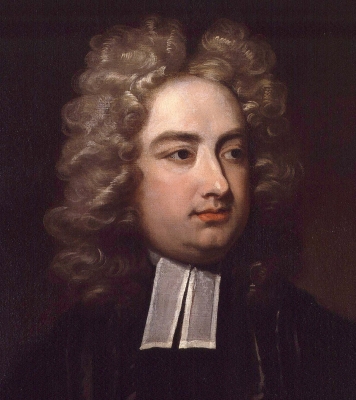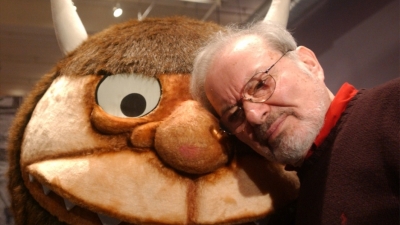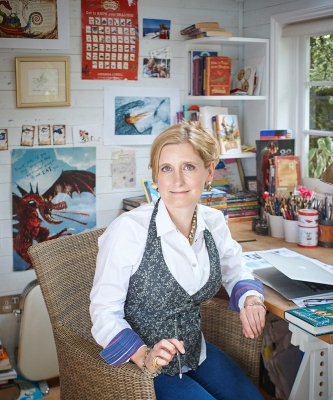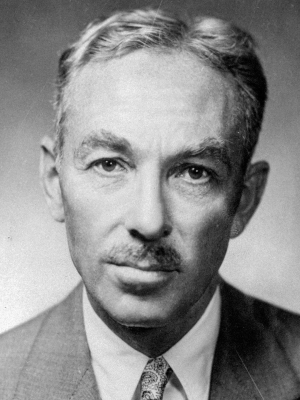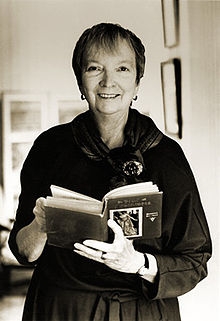Who is the author of “Escape from Mr. Lemoncello’s Library" book?
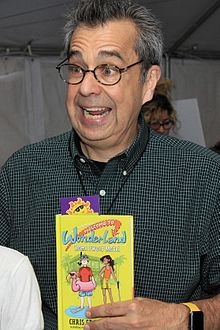
Escape from Mr. Lemoncello's Library is a children's novel by author Chris Grabenstein. It was on the New York Times bestseller list for Middle Grade novels for 111 weeks between 2013 and 2016, peaking at #8 in hardback and #2 in paperback.
Grabenstein has stated that the book contains a secret puzzle that readers can decode. To solve it, he offers some advice given by Mr. Lemoncello in the book: "Forget the Industrial Revolution, my first idea might be your best solution."
Kyle is a game fan—board games, word games, and especially video games! Kyle’s hero, the famous gamemaker Luigi Lemoncello, is the genius behind the design of the town’s new public library, which contains not only books, but an IMAX theater, an electronic learning center, instructional holograms, interactive dioramas and electromagnetic hover ladders that float patrons up to the books they want.
Lucky Kyle wins a spot as one of the first twelve kids invited to a gala, overnight library lock-in filled with of fun and games. But the next morning, when the lock-in is supposed to be over, the doors remain locked. Kyle and the others must follow book-related clues and unravel all sorts of secret puzzles to find the hidden escape route if they want to win Mr. Lemoncello’s most fabulous prize ever.
Escape from Mr. Lemoncello’s Library is more than a rib-tickling novel full of humor and suspense. It’s a game in itself, in which readers can have fun solving clues and answering riddles while learning how to navigate the Dewey Decimal system. Eagle-eyed kids—not to mention their parents, teachers, and librarians—can also hunt for the names of authors and classic books sprinkled throughout the fast-moving story.
Picture Credit : Google

